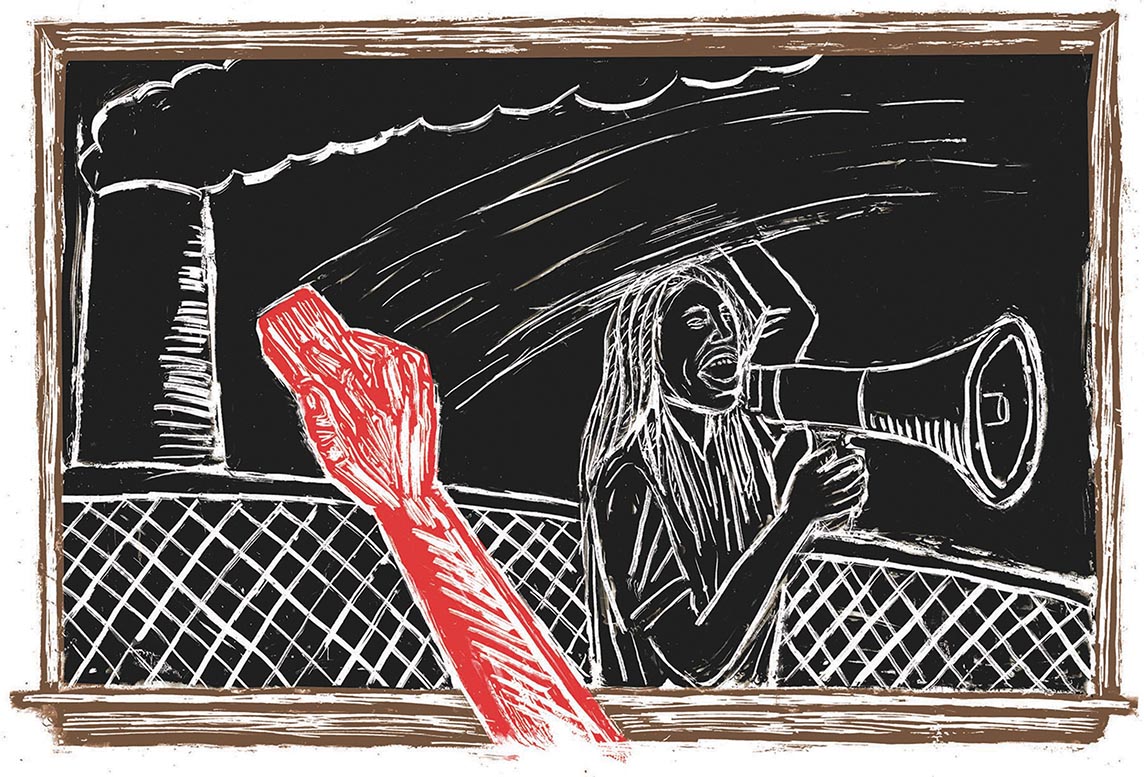
The plantation sat at the top of a hill surrounded by a sea of sundry trees with rolling hills that traversed in multiple directions. The plantation had its ratios “reversed”. When Smith approached the plantation, he was struck when he noticed how the majority of the visitors were white.

Some of the slave families living at Monticello lived at the plantation for three decades. The Monticello is a 5,000-acre plantation where Thomas Jefferson, his family, and up to 130 enslaved individuals of African descent lived. “At some point, it is no longer a question of whether we can learn this history, but whether we have the collective will to reckon with it.”īuy on Amazon | Buy on Audible Chapter 1 – Monticello Plantation: “There’s a Difference Between History and Nostalgia” Its history is in our soil, in our policies, and it must, therefore, be in our memories. From Jefferson’s Monticello Plantation to Galveston Island, Smith shows us how slavery wasn’t irrelevant to our contemporary society, but how it created it. Clint Smith’s reporting of key historical sites highlights slavery not as peripheral to the founding of the US, but to its centrality. How the Word Is Passed is a profoundly researched exploration of the history of slavery in the United States. If you buy through links on this page, we may earn a small commission.

We include products we think are useful for our readers.


 0 kommentar(er)
0 kommentar(er)
